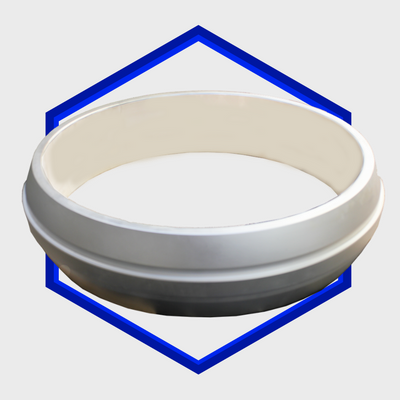Corrosion Resistance of Silver Plating
.png)
.png)

Silver is used for its fantastic combination of Electrical and Heat Conductivity alongside it’s Wear and Corrosion resistance. Silver as a material is considered a noble metal generally meaning that it is more resistant to oxidation and other forms of corrosion when compared to other plating options. Silver has long been used to add these attributes to cheaper base metals.Below is a summary of corrosive sources Silver withstands and where it is more vulnerable.
Gases
Silver Plating withstands a very wide range of chemically corrosive sources. In terms of gasses Silver plating will withstand hot and moisturised air conditions and Ammonia. It provides a fair level of protection against Chlorine and Salt Fog. The main gases that Electro-plated Silver would provide poor protection against would be Nitrogen Dioxide and Sulphur. When Silver reacts with Sulphur it forms the Silver Sulphide, this black corrosive substance is what tarnish is actually composed of. It’s important to note where your silver might have tarnishing that this is a chemical conversion of the silver metal and not just a surface stain and so removing through polishing would remove the silver itself.
Acids
Silver plating provides excellent protection against most chemically corrosive sources, although there are some substances that would cause damage. Silver is reactive to both nitric and hydrochloric acids. In the case of Hydrochloric acids, Silver Chloride is formed which presents itself as white coloured rough patches that are crystalline in nature. When reacting with Nitric Acids, Silver Nitrate is formed which is a water soluble compound and will actually dissolve the electro-plated layer.
Unexpected Sources
Two unexpected sources of corrosion would be rubber bands, which actually contain Sulphur and human fingerprints. The grease and salts in our fingertips are actually corrosive and may leave a mark, and so its advised to use gloves when handling Silver Plated items to avoid staining.
Rate of Corrosion
It’s important to note that although Silver has its reactive substances, the rate of corrosion is still much slower when compared to other plating options. Silver is a fairly stable metal and as such will not corrode quickly. Even where Sulphur is often considered Silver's “Achilles heel”, the resultant tarnish is unlikely to affect large areas and can usually be identified and dealt with before any failure would occur. You would need prolonged exposure to chemicals in order to see corrosion take place, and in fact Silver’s excellent corrosion resistance is one its core reasons for being specified.
Silchrome Plating have a fantastic reputation when it comes to the high quality of our Silver Plating. We only use 100% pure silver in all our plating and customers have given us fantastic feedback telling us “Your silver plating is always good, it never flakes off.” We are ISO 9001 and 14001 approved and carry out all of our processes in house at our production facility in Leeds.




